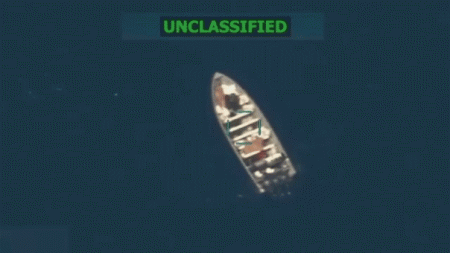A Misunderstanding Over Math Teachers’ Halloween Costumes Sparks Controversy
In today’s social media-driven world, misinterpretations can quickly escalate into full-blown controversies. This was recently demonstrated when Andrew Kolvet, spokesperson for Turning Point USA, raised concerns about Halloween costumes worn by math teachers at Cienaga High School in Arizona’s Vail School District. Posting an image on X showing eight teachers wearing white shirts with dark red splatter and the phrase “Problem Solved,” Kolvet initially claimed the costumes were mocking the death of Charlie Kirk, the conservative activist who was assassinated in September at Utah Valley University. “Concerned parents just sent us this image of what’s believed to be teachers in [the Vail School District] in Tuscon, Arizona mocking Charlie’s murder with costumes that read ‘Problem Solved’ and blood down the left side of their shirts,” Kolvet stated, adding that the teachers “deserve to be famous, and fired.” The quick accusation reflects the heightened tensions and sensitivity following Kirk’s tragic death, which has been a source of intense political discourse.
The situation, however, proved more complex than initially presented. School Superintendent John Carruth quickly clarified that the costumes were part of an annual math-themed Halloween tradition predating Kirk’s death. “We understand that a recent social media post showing members of Cienega’s math department wearing shirts that say ‘Problem Solved’ has caused some confusion and concern,” Carruth explained in his statement. “The shirts were worn in reference to solving math problems.” Supporting this explanation, photos from previous years emerged on social media showing teachers wearing similar costumes, establishing that this was not a new or reactionary display. This clarification highlighted how easily contextual information can be lost when images are shared without their full background, especially in emotionally charged political climates.
After learning about the pre-existing nature of the costumes, Kolvet partially walked back his initial accusations, acknowledging that the teachers had indeed worn similar costumes in previous years. “Vail Schools said these math teachers wore the same costume last year. I was waiting for confirmation, and it appears they did,” Kolvet wrote in a follow-up post. He expressed relief at the possibility that this wasn’t “another example” of mockery toward Kirk’s death, referencing other incidents that had occurred since the assassination. However, Kolvet remained critical, stating, “That being said, it’s a very weird costume for teachers in general, but after what happened to Charlie, I’m absolutely floored they wore it again.” His partial retraction shows the complexity of navigating politically sensitive topics, where even after factual clarifications, lingering concerns and interpretations may remain.
Despite the evidence that the costumes predated Kirk’s death, Kolvet continued to question the school district’s explanation. He specifically pointed to the placement of the red dye, noting that it appeared only on the left side of the shirts—coincidentally the same side where Kirk was fatally shot. “Who’s buying this explanation?” Kolvet asked, suggesting that even if the costume concept existed before, perhaps the specific implementation this year was modified to reference the tragedy. This ongoing skepticism demonstrates how difficult it can be to fully resolve controversies once they begin, especially when they touch on deeply divisive political events. The incident reflects broader patterns in American discourse where initial interpretations can be difficult to dispel completely, even in the face of contradictory evidence.
Superintendent Carruth recognized the sensitive nature of the situation and issued an apology, stating that the shirts would not be worn again. “This is a hard lesson for all of us that more thought and care need to be taken in these times. Please know that lesson has been learned,” he said. Carruth also expressed concern about the online targeting of school staff, adding that “Personal attacks or threats against staff are unacceptable and do not reflect the values of our community.” This response highlights the challenging position educational institutions find themselves in during polarized times, needing to acknowledge sensitivities while also protecting staff from harassment that can result from viral controversies. The district’s decision to discontinue the costume, despite its innocent origin, acknowledges the new context in which it exists.
This incident exists in a broader context where educational institutions are increasingly scrutinized for political expressions. Similar controversies have erupted elsewhere, including an Oregon high school where students staged a walkout over a teacher allegedly celebrating Kirk’s death, and universities implementing stricter policies regarding employee social media posts about politically charged events. The swift escalation from a photo to accusations, partial retractions, and continuing skepticism demonstrates how in today’s heightened political environment, even long-standing traditions can suddenly be reinterpreted through new lenses following traumatic events. As communities navigate these sensitive waters, the incident serves as a reminder of how context matters, how quickly misunderstandings can spread, and how difficult they can be to fully resolve once public opinion has formed.










